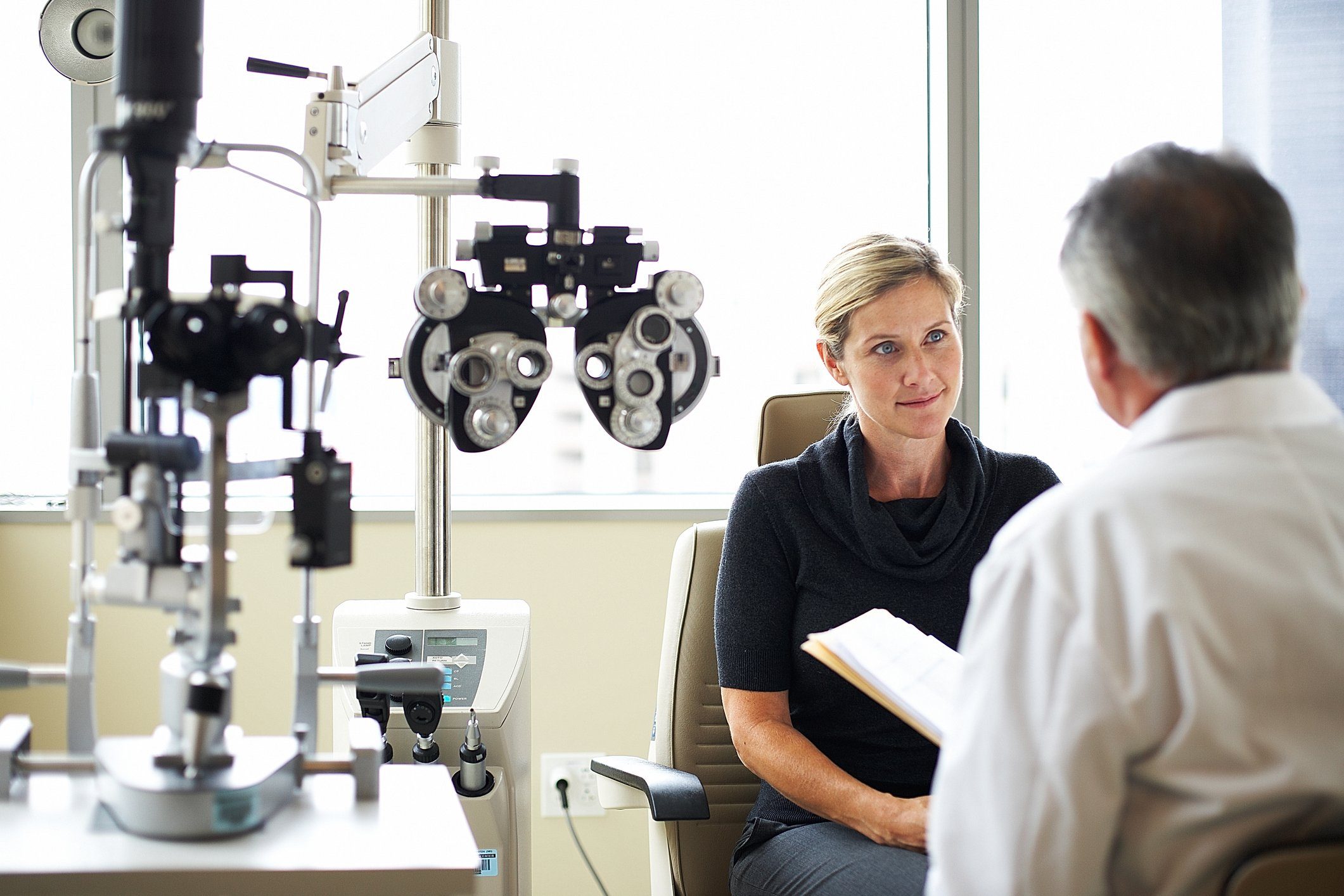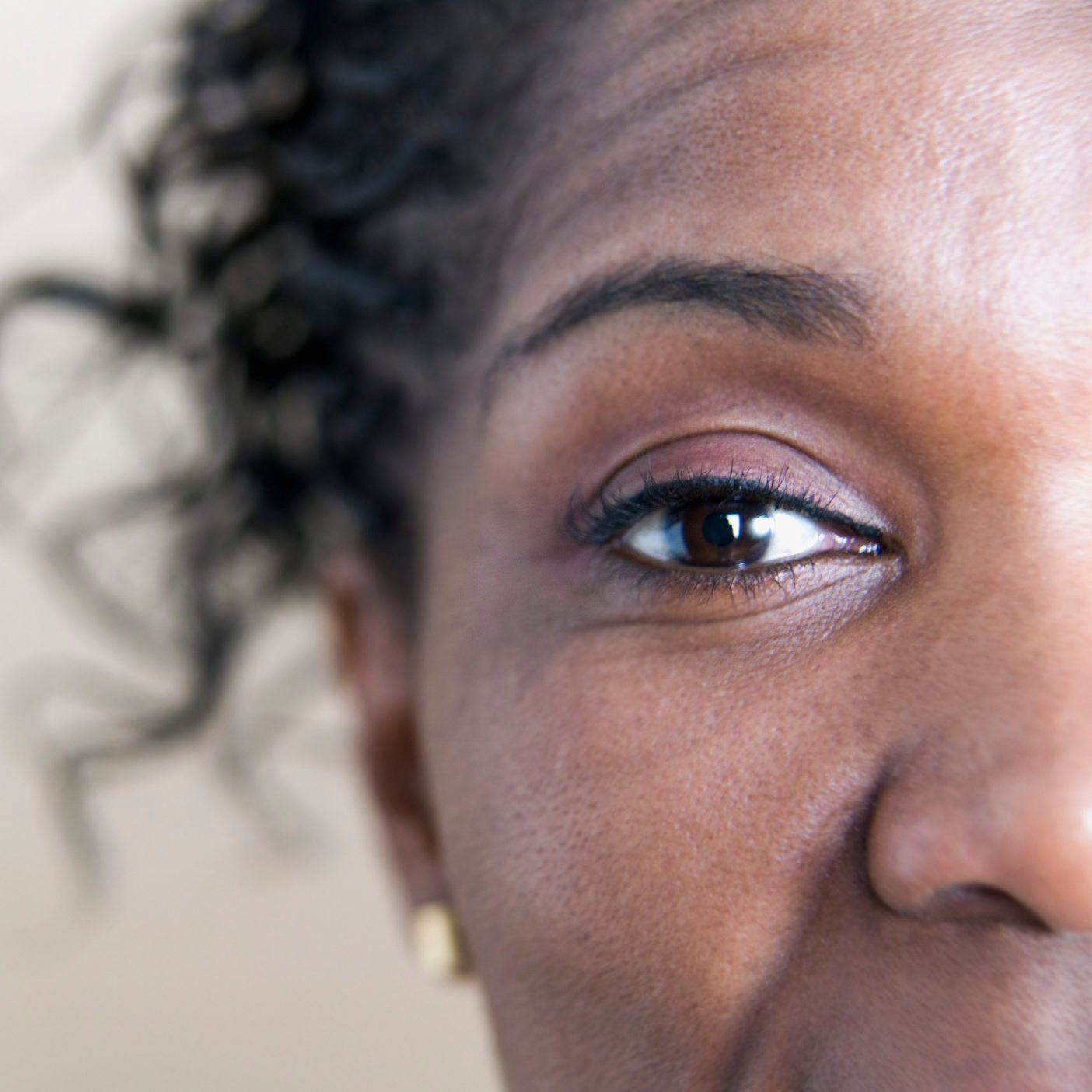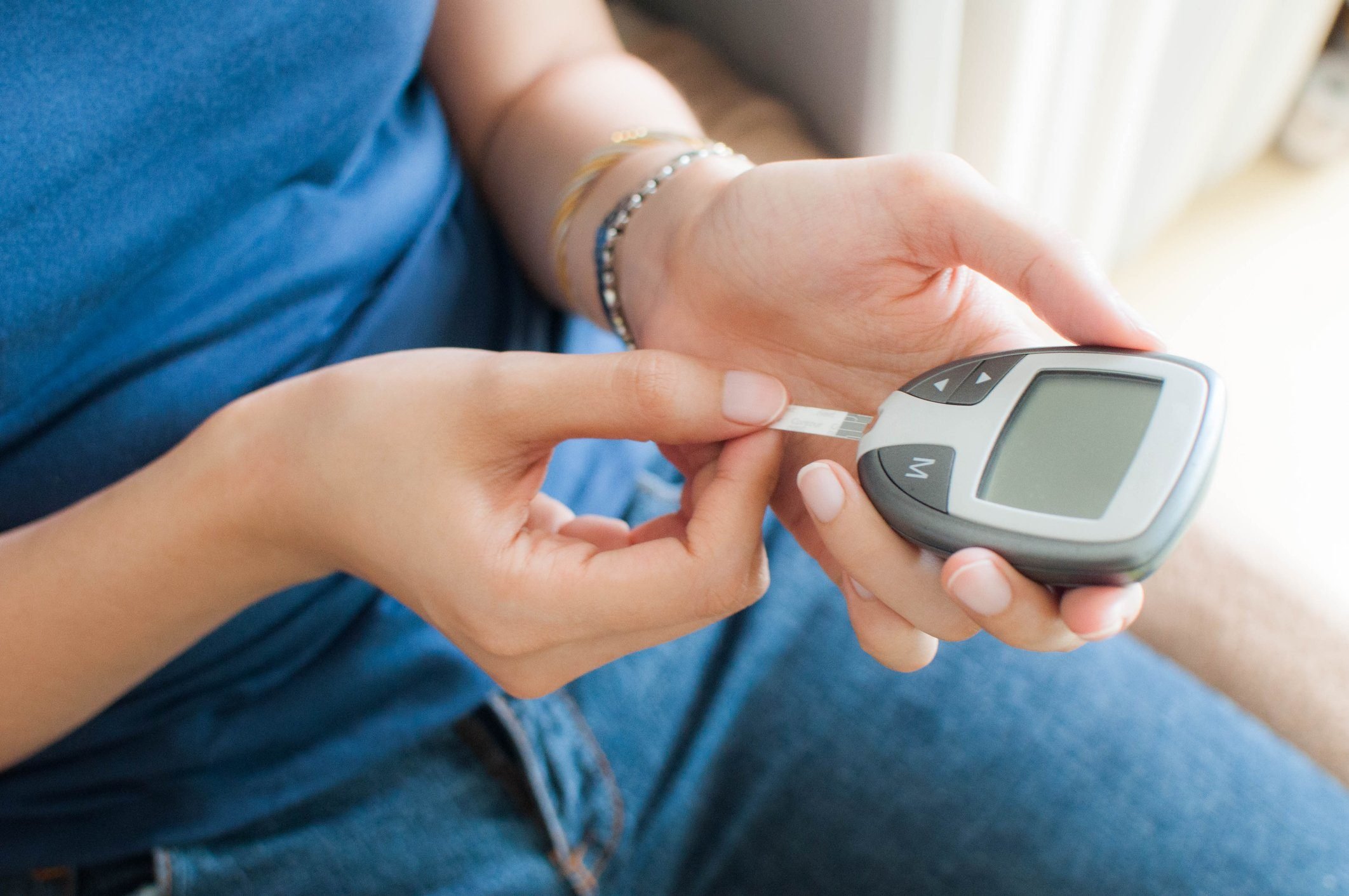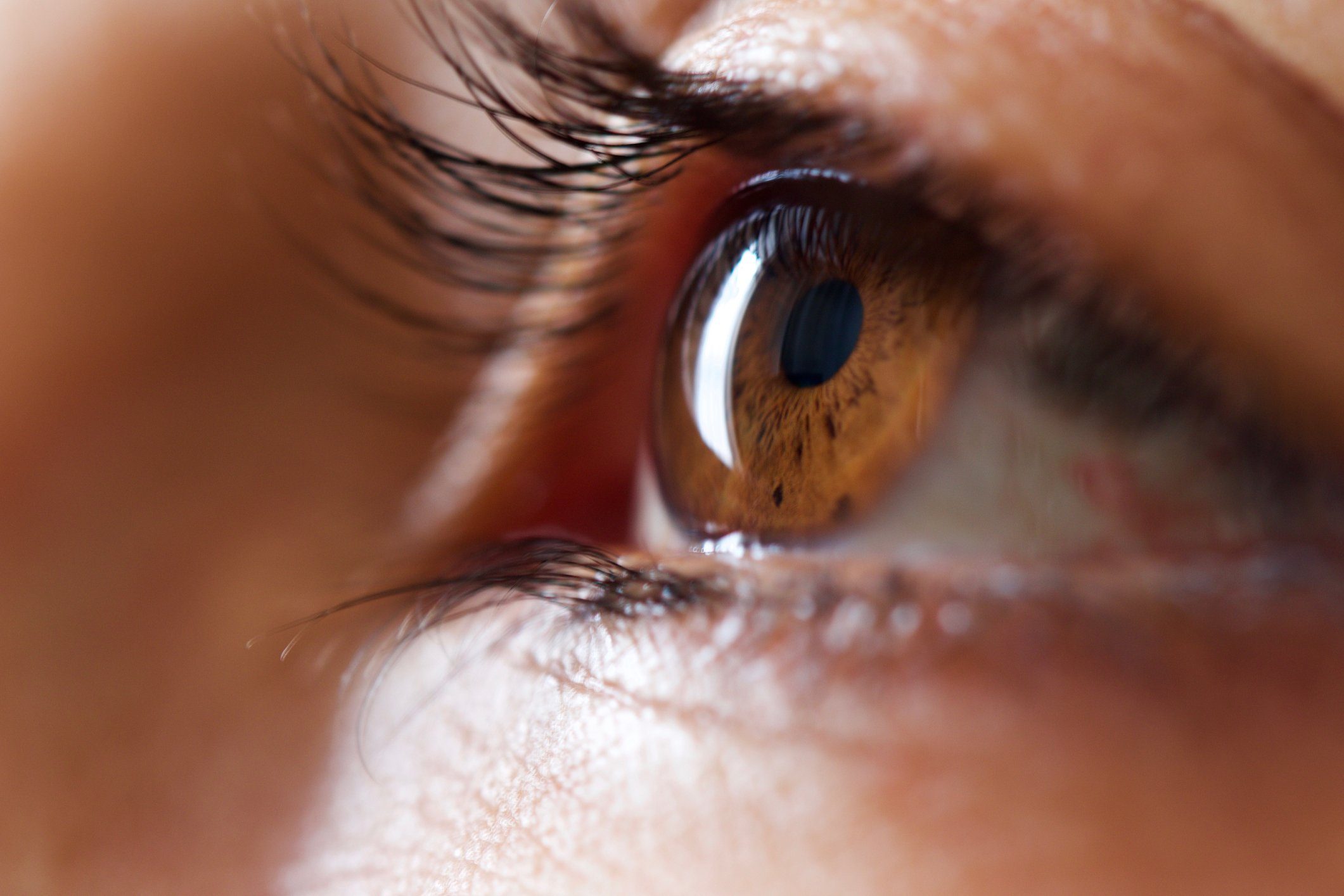
The importance of regular eye exams
Blood pressure? Check. Weight? Check. Pee in a cup? Check. Seeing an eye doctor regularly?
Patients may be caught off guard if their doctor asks the last question during an annual checkup, but a “comprehensive eye exam isn’t just about vision,” says Mark Jacquot, an optometrist and vice president of Vision Care Operations for LensCrafters. “It can provide information about a person’s overall health and serve as an early indicator of other conditions, like diabetes, which can lead to serious eye disease, like diabetic retinopathy.”
Additionally, the retina, or the light-sensing tissue at the back of the eye, is the only place in your body that gives doctors a close-up view of your blood vessels and nerves without your needing to be cut open. We asked trusted eye care experts to tell us which conditions they may help diagnose during your regular exam.

Cancer
An eye exam may save your life. Eye doctors can find everything from brain tumours to breast and lung cancers that have spread to the eye, says Joseph Pizzimenti, an optometrist and associate professor at Nova Southeastern University College of Optometry Eye Care Institute in Fort Lauderdale, Florida.
Certain types of bleeding in the retina can signal leukemia. Eye doctors can diagnose brain tumours based on changes in a patient’s field of vision. Malignant melanoma can strike in back of the eye, and patients often don’t know it is there unless the cancer is in the very center of their field of vision, Pizzimenti says.
Here are more cancer symptoms you shouldn’t ignore.

Diabetes
One of the first clues for type 2 diabetes may be a small amount of bleeding in the retina, which is a symptom of diabetic retinopathy. “I see patients every day who have this damage and who haven’t yet been diagnosed with diabetes,” says Pizzimenti.
Left untreated, the condition can lead to blindness, but managing it cuts this risk in half. When diabetic retinopathy is detected early, lifestyle changes such as eating healthier and losing weight can help prevent further damage.
Make sure to follow these eye care tips from Canadian optometrists.

High blood pressure
Blood vessel damage, including weakening and narrowing of the arteries, can signal high blood pressure, says Jessica Ciralsky, MD, assistant professor of ophthalmology at Weill Cornell Medical College in New York City.
Studies have found links between heart disease and narrowing of small blood vessels in the retina, according to a paper in the journal Hypertension. These connections are particularly strong in people without traditional heart disease risk factors.
Learn the subtle signs of disease your feet can predict.

Multiple sclerosis
Optic neuritis—inflammation of the optic nerve—can be a harbinger of multiple sclerosis (MS), a degenerative disease of the nervous system, says Mitchell Munson, president of the American Optometric Association. Optic neuritis occurs in 75 per cent of patients with MS and is the first symptom of the disease in up to 25 per cent of cases. (A diagnosis of optic neuritis doesn’t automatically mean you have MS; it could also be the result of an infection or other causes.) “Patients with optic neuritis often have blurred vision, but I have diagnosed this in some people with no symptoms at all,” Munson says.
Here are more strange symptoms that can signal serious health problems.

Rheumatoid arthritis
About 25 per cent of rheumatoid arthritis (RA) patients have eye issues; dry eye is the most common. Another clue: “If a patient has two bouts of iritis—painful inflammation of the iris, or the colored part—in a year, or three in 18 months, we suspect rheumatoid arthritis,” Munson says. People with RA, an autoimmune disease that affects small joints in the hands and feet, have high levels of inflammatory chemicals in their blood. Sometimes these can migrate to the eyeball as well as to the joints, explains Munson.
Don’t miss these other signs of disease written all over your face.